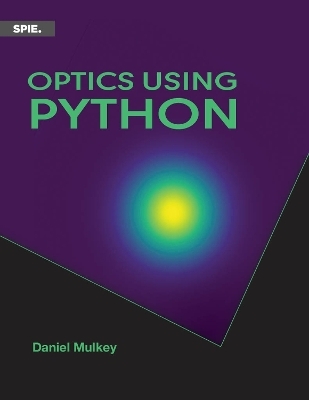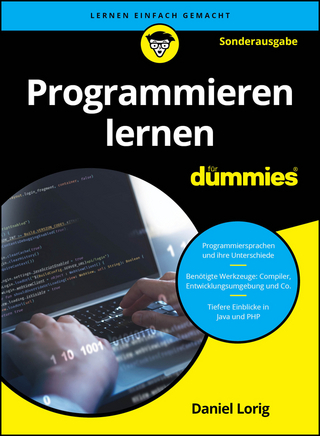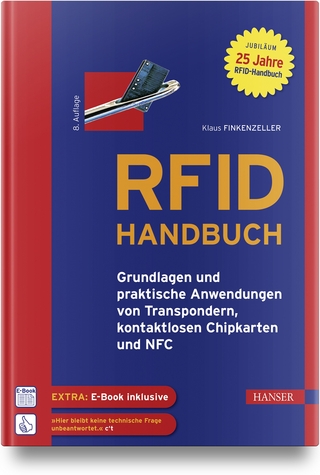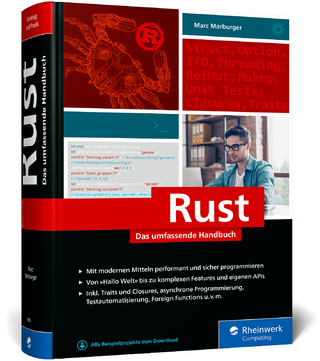
Optics Using Python
Seiten
2024
SPIE Press (Verlag)
978-1-5106-7178-2 (ISBN)
SPIE Press (Verlag)
978-1-5106-7178-2 (ISBN)
Equips readers with the programming skills and experience needed to solve nontrivial optics problems using the completely free Python programming language. The book is divided into two parts: (1) a "first-order toolbox" for optical systems and (2) more sophisticated tools "beyond the toolbox".
Optics Using Python equips readers with the programming skills and experience needed to solve nontrivial optics problems using the completely free Python programming language. The book is divided into two parts: (1) a ""first-order toolbox"" for optical systems and (2) more sophisticated tools "beyond the toolbox." The first part comprises three chapters covering the Python programming language, examples of optics calculations, and data acquisition and processing. The second part consists of two chapters discussing third-party libraries and more-advanced software engineering tools. In contrast to an optics educational text, this book's focus is the synergy of optics with Python. For this reason, the reader is assumed to have some optics knowledge at the level of an undergraduate physics, optics, or electrical engineering department. The book was also written with the practicing engineer in mind, aspiring to provide productivity quickly. To this end, more than 4500 lines of code are available online that accompany the text and provide both instructional examples as well as modeling exercises. Some of these include estimating the resolution of a grating spectrometer, spatial filtering using wave propagation, and the use of Circuit Python to modulate a LED and record data from a lock-in amplifier. Any optics practitioner in search of practical tools for design and lab work will benefit from this book.
Optics Using Python equips readers with the programming skills and experience needed to solve nontrivial optics problems using the completely free Python programming language. The book is divided into two parts: (1) a ""first-order toolbox"" for optical systems and (2) more sophisticated tools "beyond the toolbox." The first part comprises three chapters covering the Python programming language, examples of optics calculations, and data acquisition and processing. The second part consists of two chapters discussing third-party libraries and more-advanced software engineering tools. In contrast to an optics educational text, this book's focus is the synergy of optics with Python. For this reason, the reader is assumed to have some optics knowledge at the level of an undergraduate physics, optics, or electrical engineering department. The book was also written with the practicing engineer in mind, aspiring to provide productivity quickly. To this end, more than 4500 lines of code are available online that accompany the text and provide both instructional examples as well as modeling exercises. Some of these include estimating the resolution of a grating spectrometer, spatial filtering using wave propagation, and the use of Circuit Python to modulate a LED and record data from a lock-in amplifier. Any optics practitioner in search of practical tools for design and lab work will benefit from this book.
| Erscheinungsdatum | 06.03.2024 |
|---|---|
| Reihe/Serie | Press Monographs |
| Verlagsort | Bellingham |
| Sprache | englisch |
| Gewicht | 323 g |
| Themenwelt | Mathematik / Informatik ► Informatik ► Programmiersprachen / -werkzeuge |
| Naturwissenschaften ► Physik / Astronomie ► Optik | |
| Technik | |
| ISBN-10 | 1-5106-7178-1 / 1510671781 |
| ISBN-13 | 978-1-5106-7178-2 / 9781510671782 |
| Zustand | Neuware |
| Informationen gemäß Produktsicherheitsverordnung (GPSR) | |
| Haben Sie eine Frage zum Produkt? |
Mehr entdecken
aus dem Bereich
aus dem Bereich
Grundlagen und praktische Anwendungen von Transpondern, kontaktlosen …
Buch (2023)
Hanser (Verlag)
CHF 125,95


